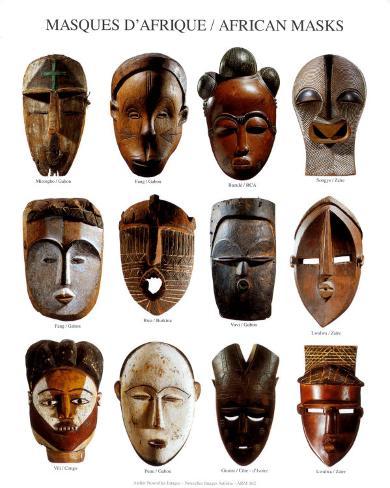WINTER TREES
If I was only this good with timing, I guess it would be famous. I wanted to do something with second grade that wasn't holiday-themed, but still felt like winter. Snowy evergreen trees seemed to be a fun choice.
I splashed, sponged, slopped and had my way with watercolors to create a snowy look that we would use to represent the ground. I cut the paper into rectangles and each student tore their paper in half and glued both pieces to the bottom of 6" x 12" black paper. We painted a triangular shape using blobs of blue-green.
Before we got to work on these the second time, it actually SNOWED! That never happens this early for us. That weather event made this project much more meaningful to us all. YAY! So we added some green and yellow-green on top of our blue-green from our last time together. Yellow-green was added and then white to represent the snow. Students were amazed at the beauty of this simple project, as was I.
